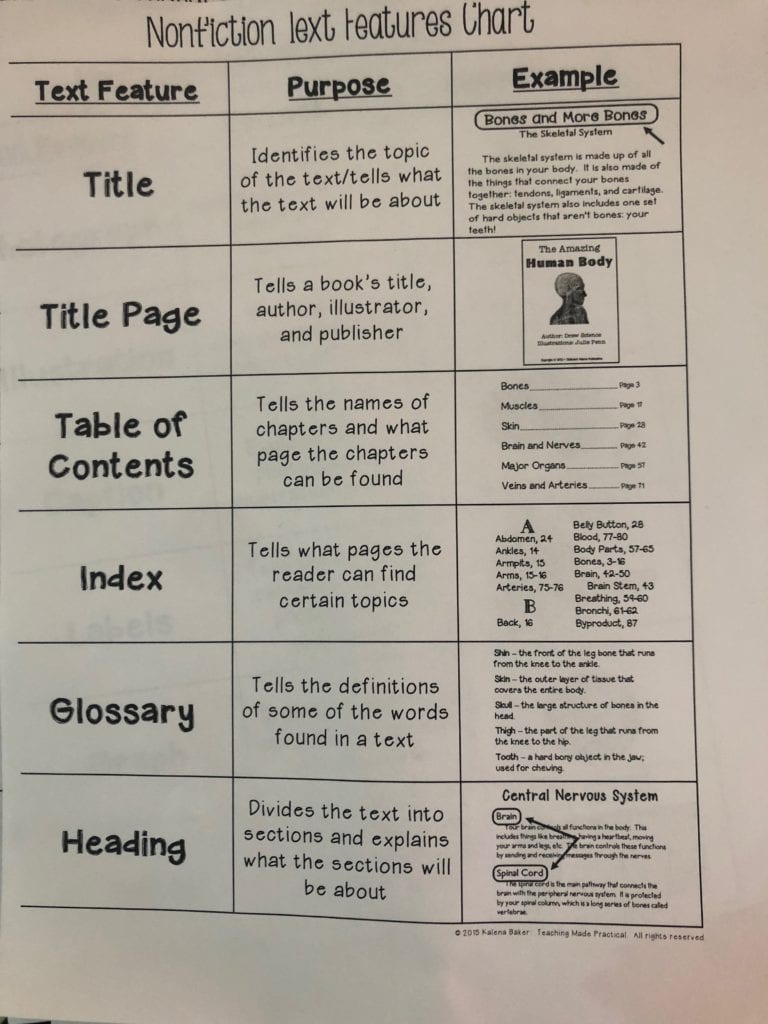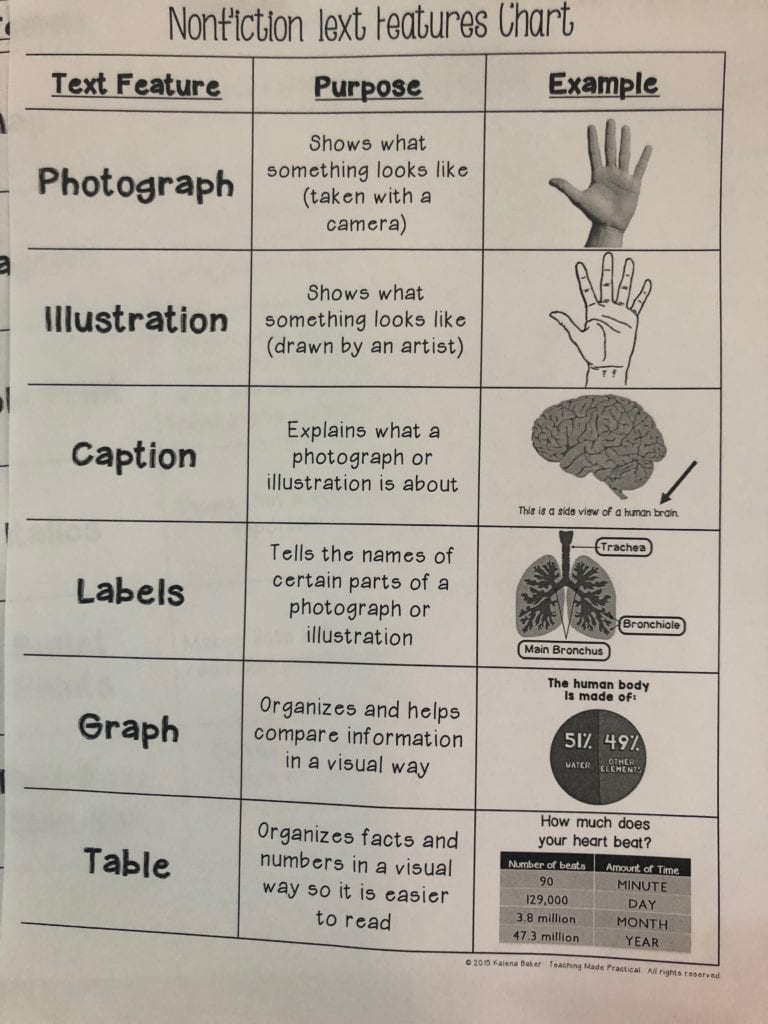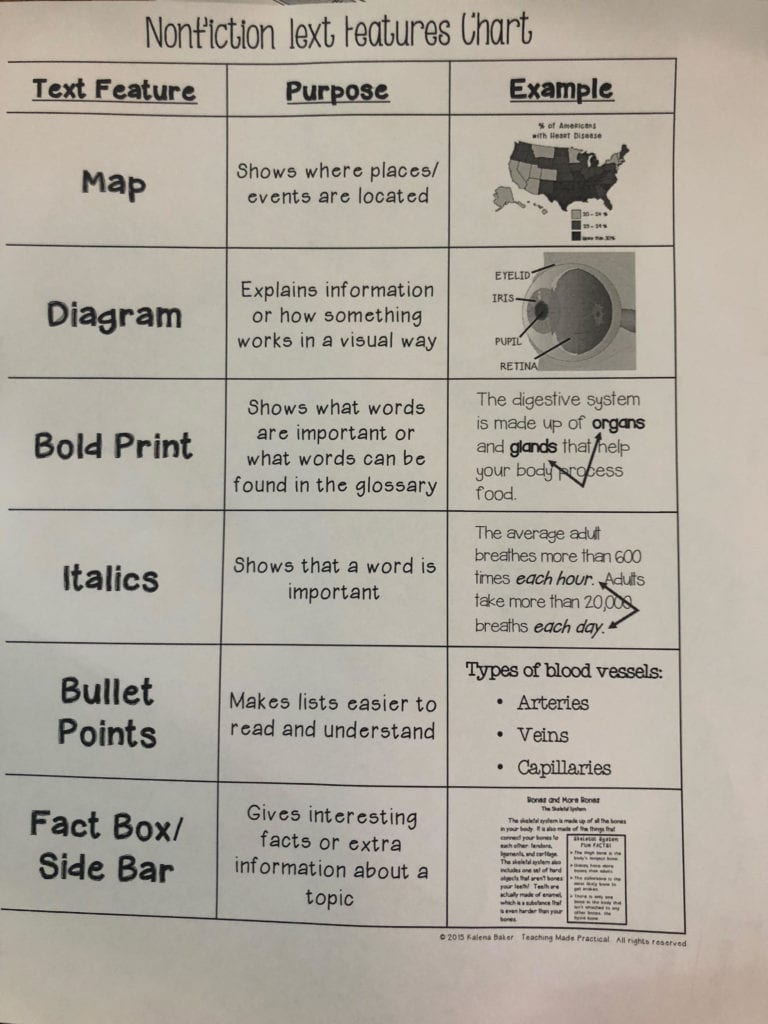Midterm Review-Due 1/16/20
8th GRADE ENGLISH
MIDTERM REVIEW
Directions: Complete all parts below for credit. – 10 summative points – Attach any lined sheets of paper you use to record your answers.
“The Monkey’s Paw”
Read the following questions and mark them either True or False
- ______ For the wishes to work, you have to wish out loud.
- ______ The monkey’s paw originally came from a holy man in Africa.
- ______ Mr. White wishes for 200 pounds.
Short Answer – Read and answer the questions below:
“Monkey’s Paw”
1. What is most likely the reason the holy man created the spell placed upon the monkey’s paw?
2. Why do you think Sergeant Major Morris tries to burn the paw?
3. What is one possible theme from “The Monkey’s Paw”? Explain with details from the story
“Raymond’s Run”
4. What part of the plot’s rising action increases tension between Squeaky and Gretchen?
5. When does Squeaky become thankful that Raymond is her brother?
6. When Squeaky says that Raymond is “not quite right” she means that________________________________.
“Abuela Invents the Zero”
7. What is one possible theme from “Abuela Invents the Zero”? Explain with details from the story
8. According to Abuela, what is the worst thing you can say to someone?
“The Tell-Tale Heart”
9. What does the beating of the heart symbolize? Explain with details from the story
10. What bothers the narrator about the oldman?
“The Necklace”
11. What is the theme of the story?
12. What does the reader learn at the end of the story?
Plot Diagram
Define the following words
Climax-
Resolution –
Rising Action-
Falling Action-
Inciting Incident-
Exposition-
Plot-
Elements of a Story
Define the following words and write an example
Antagonist-
External conflict-
Imagery-
Internal conflict-
Irony –
Mood –
Protagonist –
Tone –
Foreshadow –
Theme-
Argumentative Writing
Define the following words
- Proponents-
- Opponents-
- Introduction-
- Thesis Statement –
- Claim-
- Evidence-
- Counterclaim-
- Rebuttal –
- Conclusion-
Text Features
Define the following words
- graph-
- caption-
- italics-
- bold word-
- heading-
- map-
- picture-
- title-



